Meet us at

on 3rd & 4th October







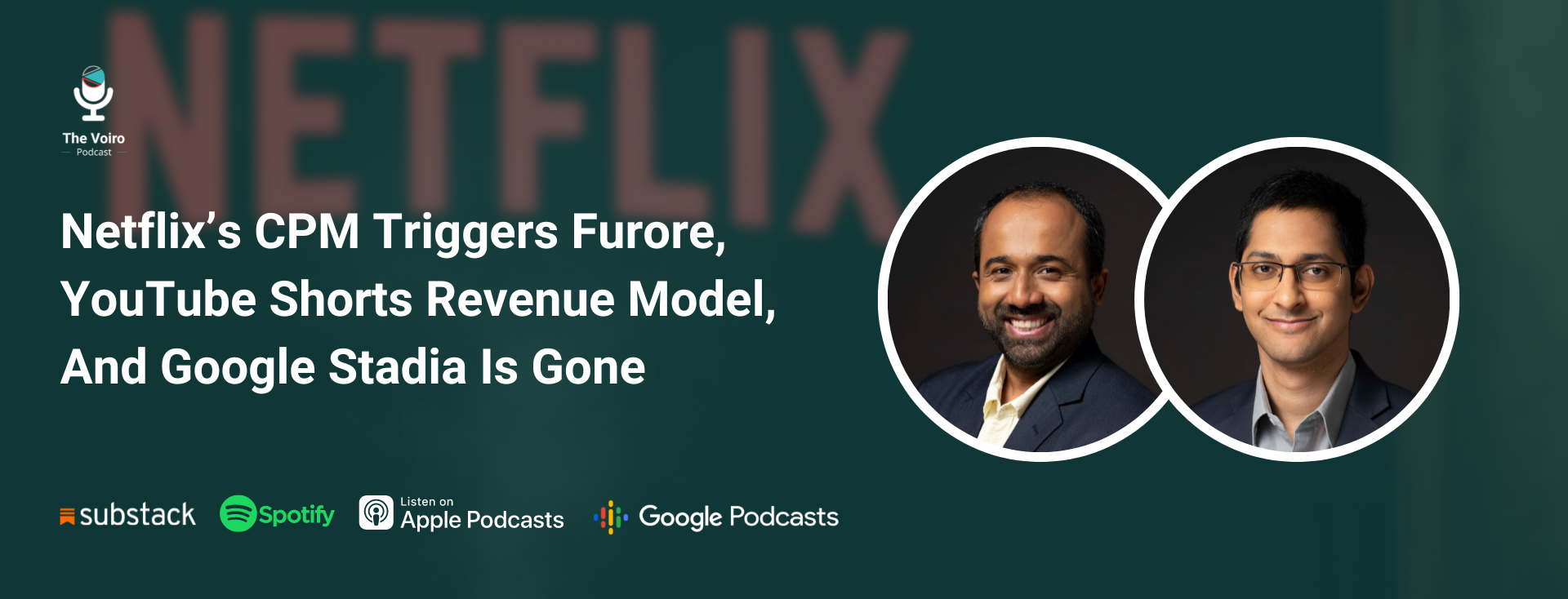
Also listen to this entire episode on:
🎧 Apple Podcast: https://apple.co/3E2d56J
🎧 Spotify: https://spoti.fi/3RrEvpo
🎧 Google Podcast: https://bit.ly/3SJ7hmx
We take many things for granted in life. A Netflix subscription is one of them. What we have watched, are watching, or planning to watch on Netflix next is part of many dinner table conversations.
So, it is disheartening to know when one of our favourite OTT platforms is in the news for all the wrong reasons.
But, the legacy of Netflix has been built on its pioneering spirit and ability to innovate and adapt to changing times. In a move to revive its revenues, Netflix announced the launch of its ad-supported model and is seeking premium prices, that is, $65 CPM, for brands to advertise.
In this episode, Anand Gopal and Rohan Rangaswami break down what Netflix’s ad-supported model will mean for the streaming giant and the advertisers. Read on.
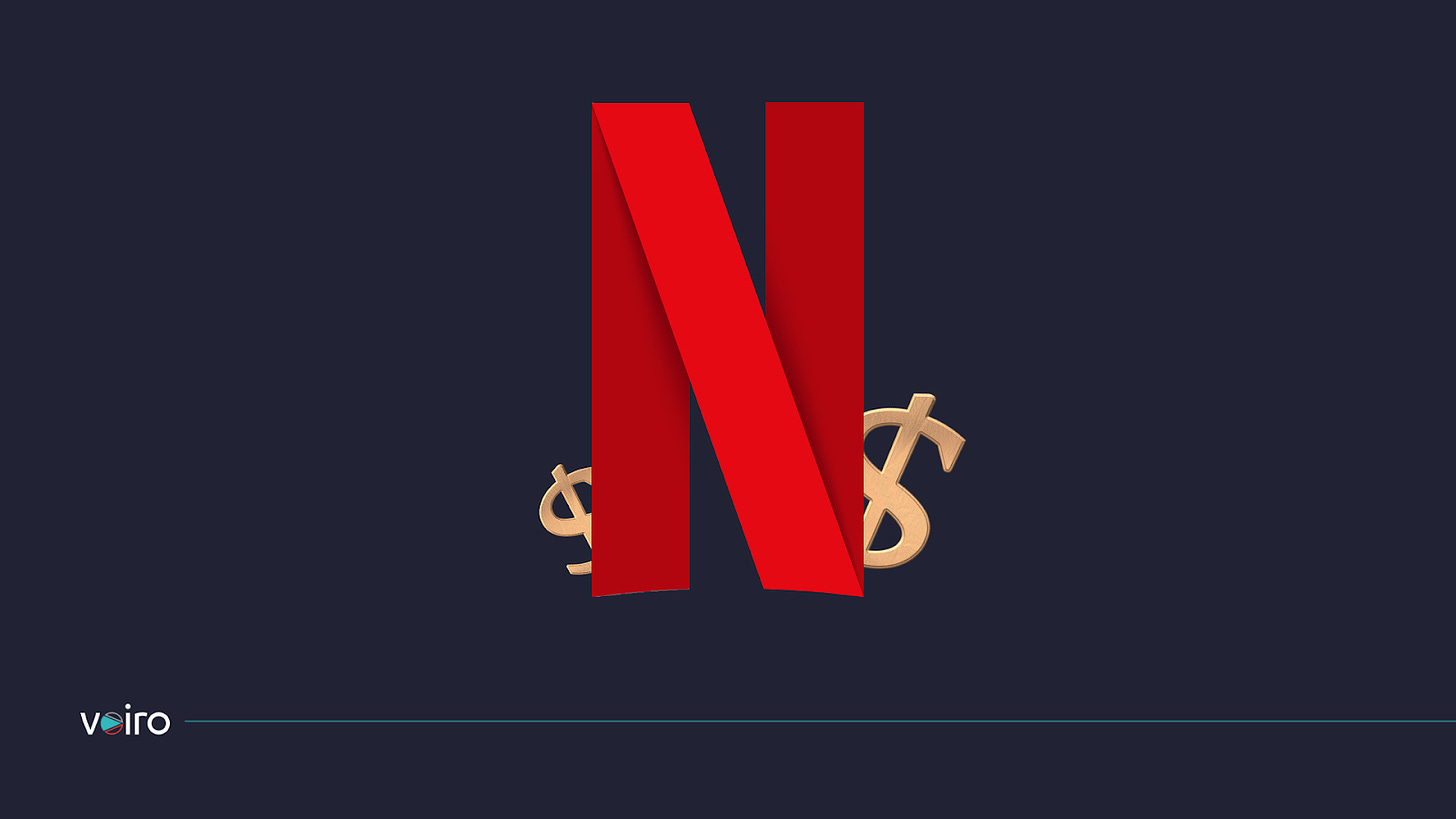
According to the Wall Street Journal report, Netflix is seeking approximately $65 CPM for its soon-to-be-launched ad-supported model. While looking for new ways to maximise revenue, Netflix and Microsoft plan to launch this ad-supported version by November 1. According to the WSJ report, the OTT platform also wants to cap the annual spend by any brand at $20 million ‘to ensure that no brand advertises too much on the service and people end up seeing the same ad too often.’
Netflix has been in the news all of 2022 because it has been sailing through some choppy waters. Over the course of this year, Netflix and Reed Hastings announced that they were going to launch an ad-supported model. And everyone’s been talking about what that will look like because this concerns everyone – from consumers and advertisers to content creators and Hollywood.
So, the first reaction to Netflix’s CPM ask was shock. The most frequently quoted comparison over the last week was the Superbowl, which ran the CPMs of about $55. And Netflix is a good 20% higher than that. They have also put other constraints on the model that has raised questions.
Whenever Netflix has taken on a new business or challenge, they’ve done well. The difference between this and many of the previous products is that this has been public. However, this business model we’re hearing about today in terms of CPMs and audiences will not save them from financial pressure. They’re going to do more. And they’ll do it right.
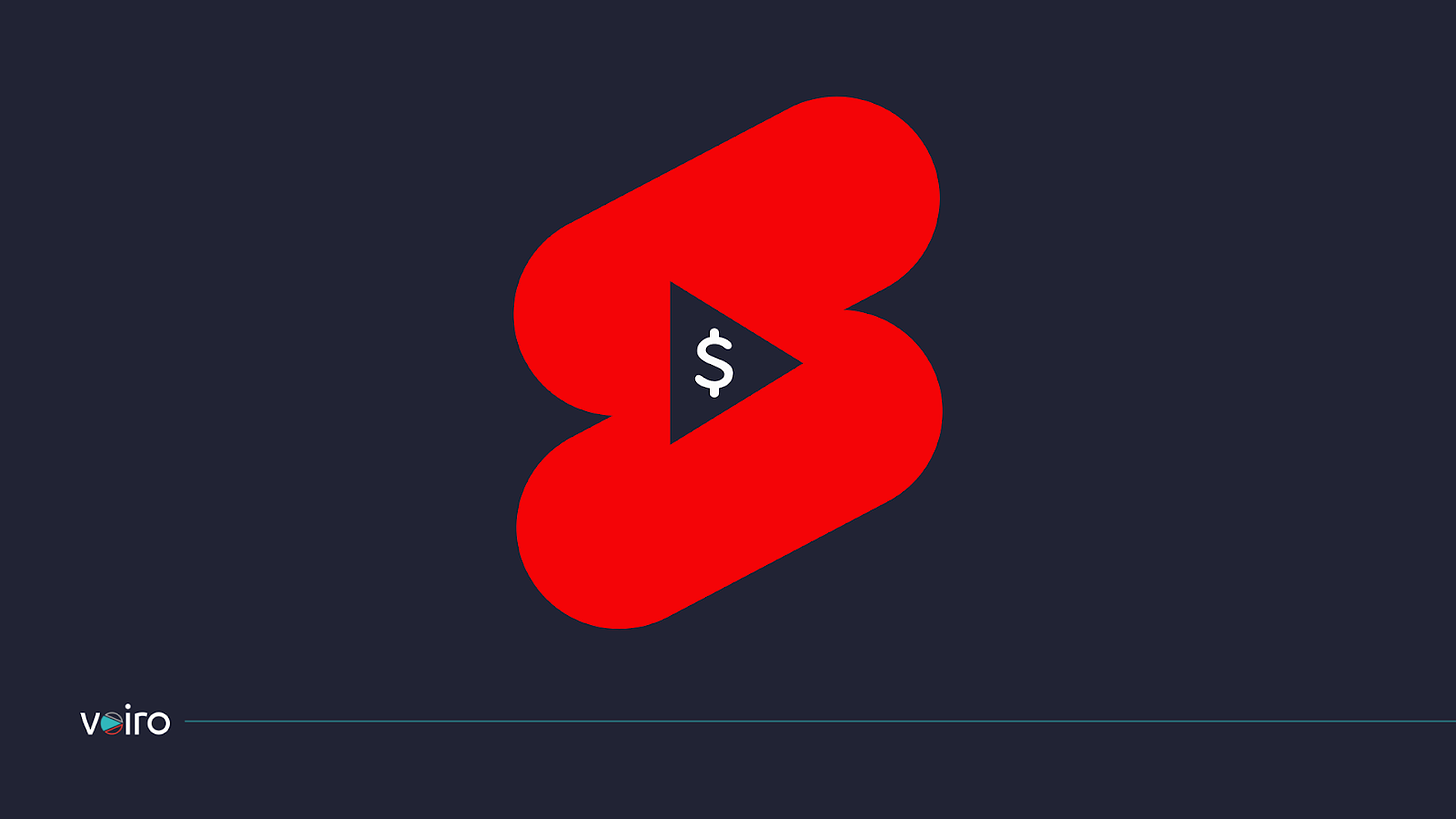
To mitigate the loss of content creators to short video content platforms like TikTok, YouTube announced a revenue share model for its ‘Shorts.’ In this advertising model, creators will get 45 percent of revenue from Shorts ads.
This revenue share model will be part of YouTube’s Partner Programme. Non-partnered creators must meet certain criteria to partner and benefit from the revenue share model.
Neal Mohan, Chief Product Officer, Youtube, sat down with Peter Kafka to talk about the platform’s new initiatives to clean up YouTube and its new monetisation model, giving more power to creators. YouTube has traditionally been the friend of creators. They launched the monetisation model in a big way so that content creators could build a career on YouTube. So YouTube shorts, which is the equivalent of Reels or TikTok, has launched a new monetisation model. It’s an intelligent approach for YouTube because what they were doing for the long-form videos wasn’t going to work for the short video format. They’re also launching interesting product enhancements because they don’t want the users to just be on YouTube for their Shorts product. This allows the creator to monetise their content on YouTube in both formats and explore their creativity.
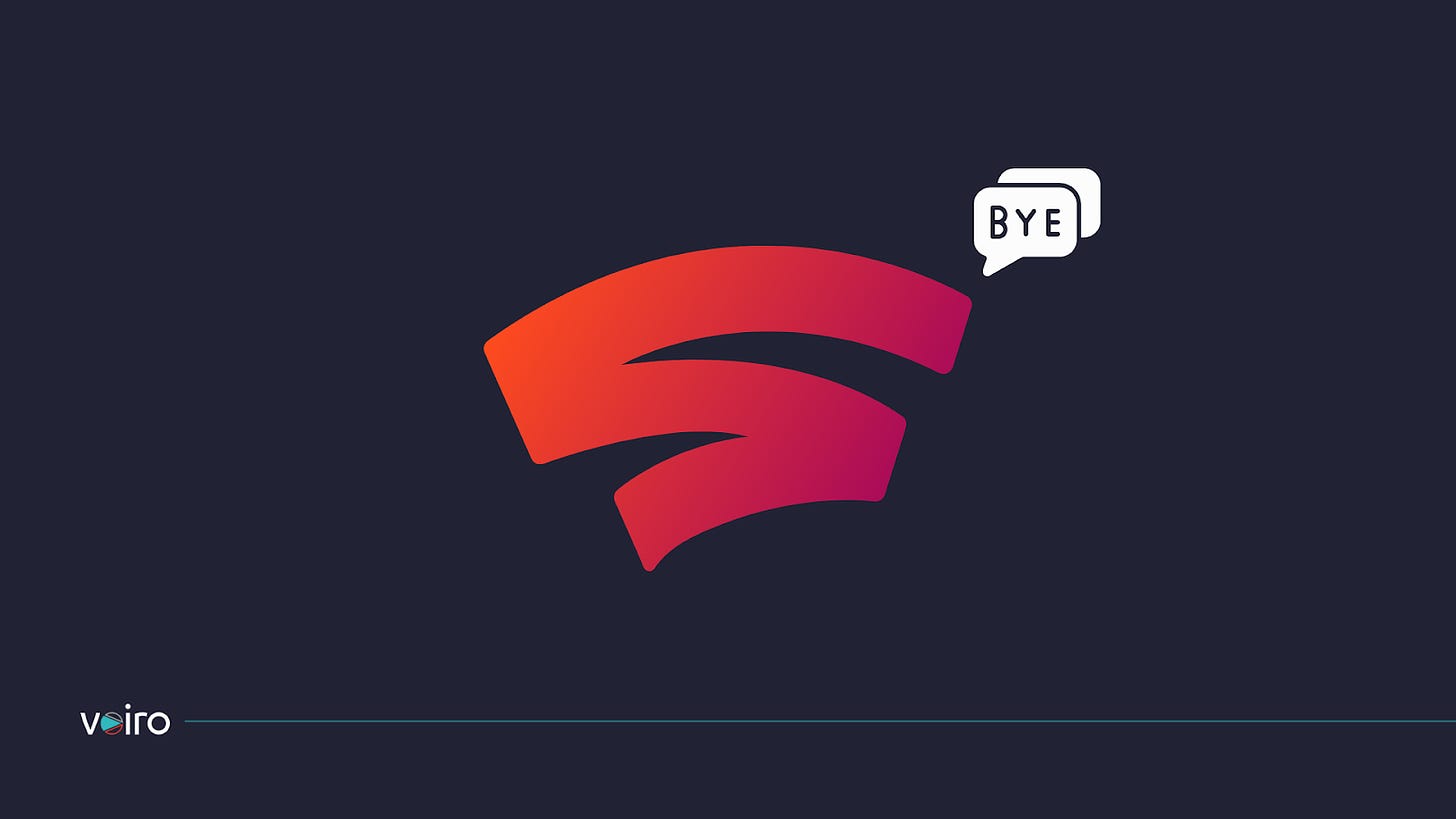
Gamers across the world were introduced to Stadia in 2019 during the Game Developers Conference (GDC) in San Francisco. The gaming platform meant for everyone could be used to stream games from the cloud to the Chrome browser, Chromecast and Pixel devices. Cut to 2022, in its official blog Google announced the shutdown of Stadia. The blog stated the reason for the shutdown as follows: “While Stadia’s approach to streaming games for consumers was built on a strong technology foundation, it hasn’t gained the traction with users that we expected, so we’ve made the difficult decision to begin winding down our Stadia streaming service. We’re grateful to the dedicated Stadia players that have been with us from the start. We will be refunding all Stadia hardware purchases made through the Google Store, and all game and add-on content purchases made through the Stadia store.”
Pulling the plug on Stadia is a huge move for Google. It’s also a large cost because this also means refunding two and a half years of customers buying hardware. Sadly, Google has taken this decision and a lot of gamers and some game studios have been disappointed with this news. Google has taken this call because they never saw growth. And we’ve seen this with a number of Google products over the years. They have put out a very strong statement saying they’ve learned a lot through this process, and all the technology they’ve built to run Google Stadia is going to be useful to them in many other businesses, including streaming, AR, VR, the Metaverse, and more. Right. So, all this learning and technology will not be a waste. But, yes, it has disappointed a lot of gamers, and they are going to have to live with this.
© 2024 Voiro. All rights reserved
